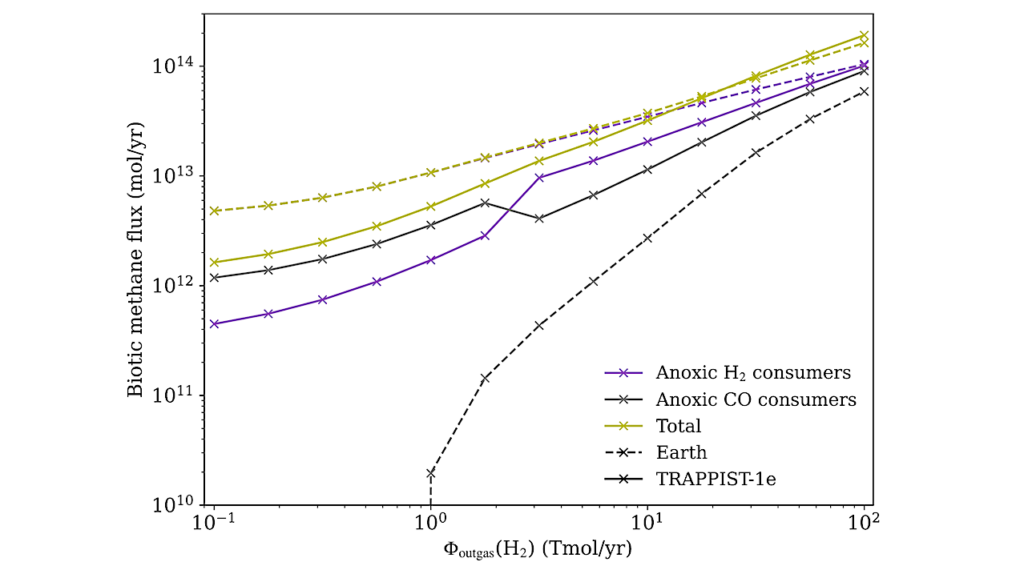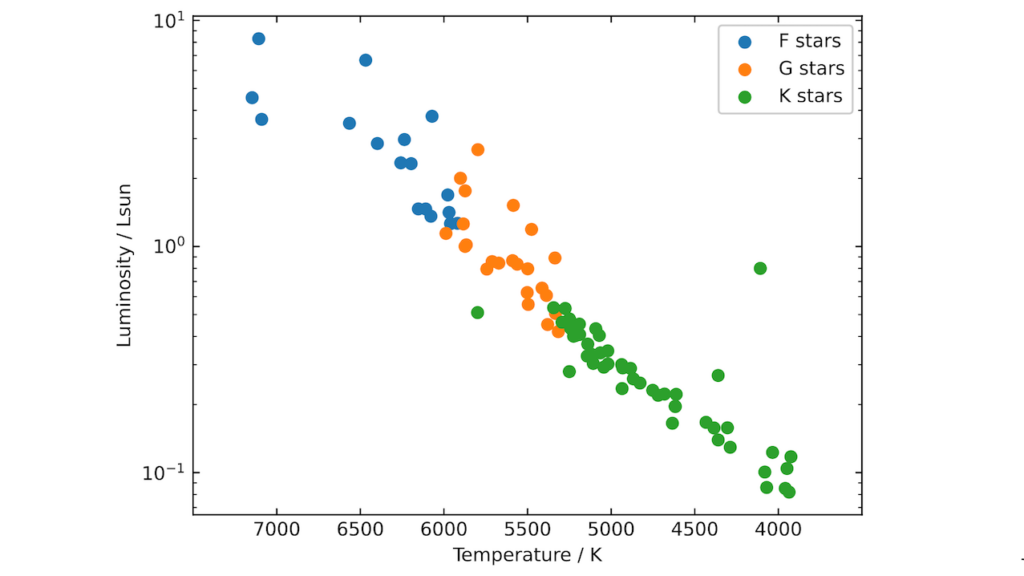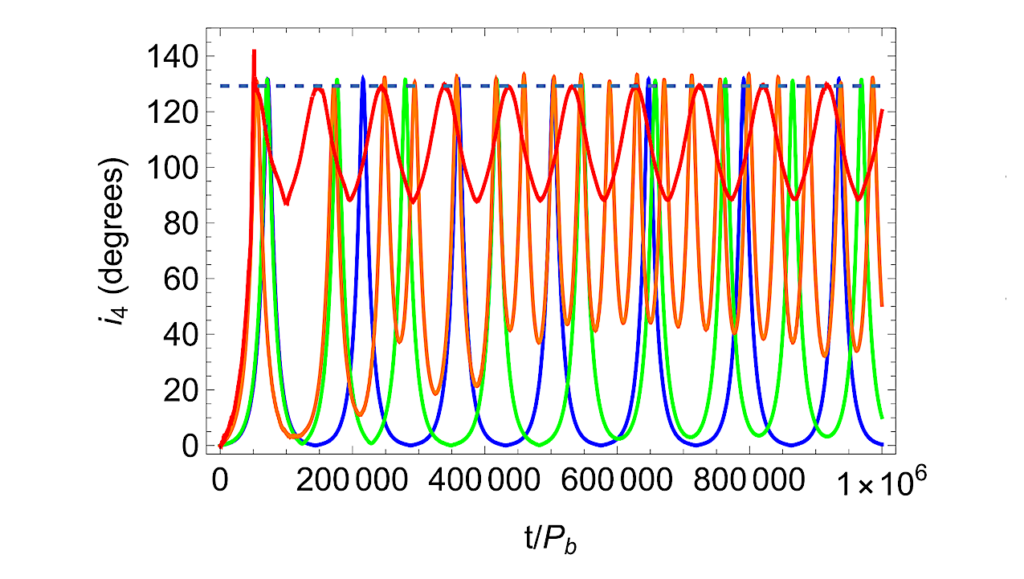Tidally Driven Tectonic Activity As A Parameter In Exoplanet Habitability

Aims. On Earth, plate tectonics play an integral role in driving the long-term carbon cycle; however, on tidally locked rocky exoplanets alternative tectonic mechanisms driven by tidal stress and tidal heating could serve in an analogous way.
Methods. We calculate tidal stress and tidal heating rates to model the likelihood of tectonic activity maintaining stable climates suitable for surface liquid water on tidally locked rocky exoplanets with radii Rp ≤ 1.23R⊕.
Results. Applying the tidal models to our sample of 767 tidally locked rocky exoplanets reveals that ∼10% of exoplanets, including Proxima Cen b and GJ 1061 d from the circumstellar habitable zone (CHZ), pass the tidal stress subduction threshold for mobile lid tectonic activity and reside within the optimal tidal heating zone. This subset of exoplanets could sustain tidally induced temperate mobile lid tectonic activity comparable to plate tectonics on Earth, aiding in maintaining the presence of surface liquid water. Furthermore, ∼40% of exoplanets from our sample located in the CHZ would be unable to maintain the tectonic activity needed to stabilise the climate and are unlikely to retain surface liquid water. When broadening our modelling to establish the overlap between tidal stress, tidal heating, and the CHZ, to discover optimal regions to target for future observations, we determine that tidally driven tectonic activity conducive to the maintenance of surface liquid water occurs predominantly around M dwarfs, and identify intersections, where both mobile lid and optimal tidal heating could be sustained on eccentric (e>0.1) Earth-sized exoplanets (Rp = 1.0-1.23R⊕) orbiting in the CHZ of low-mass M dwarfs.
Sarah R.N McIntyre
Comments: 24 pages, 4 figures, 1 table. Accepted for publication in A&A
Subjects: Earth and Planetary Astrophysics (astro-ph.EP)
Cite as: arXiv:2204.03501 [astro-ph.EP] (or arXiv:2204.03501v1 [astro-ph.EP] for this version)
Submission history
From: Sarah McIntyre
[v1] Thu, 7 Apr 2022 15:14:52 UTC (6,317 KB)
https://arxiv.org/abs/2204.03501
Astrobiology








